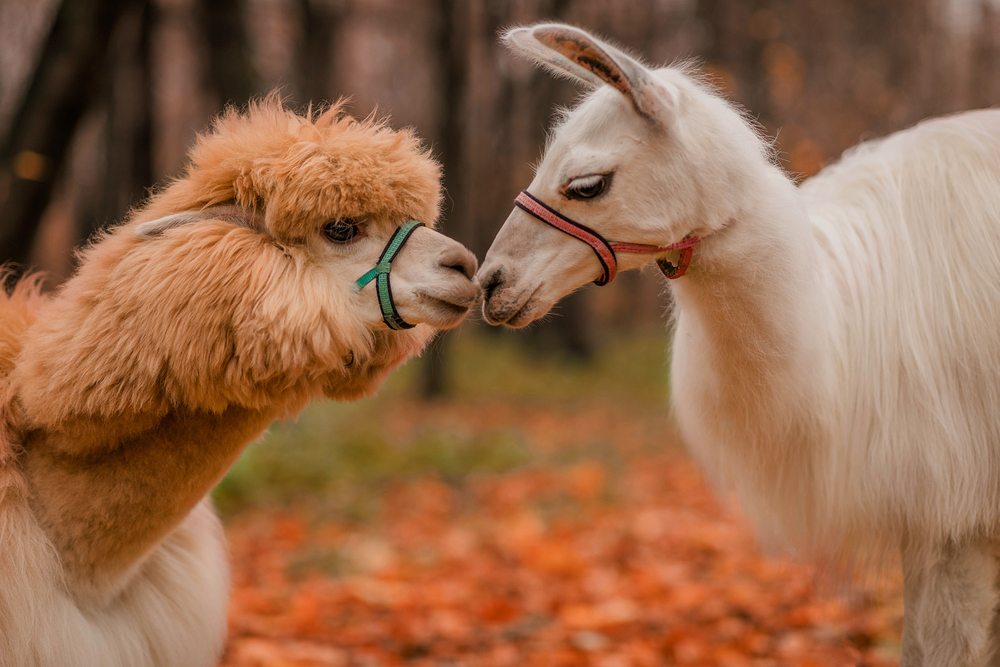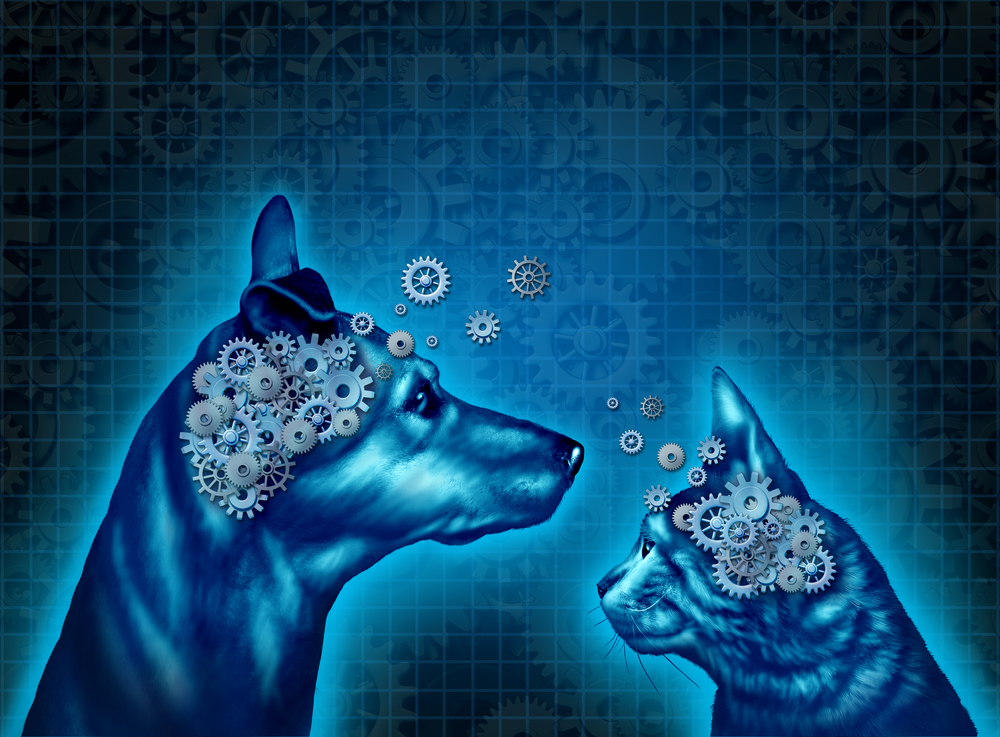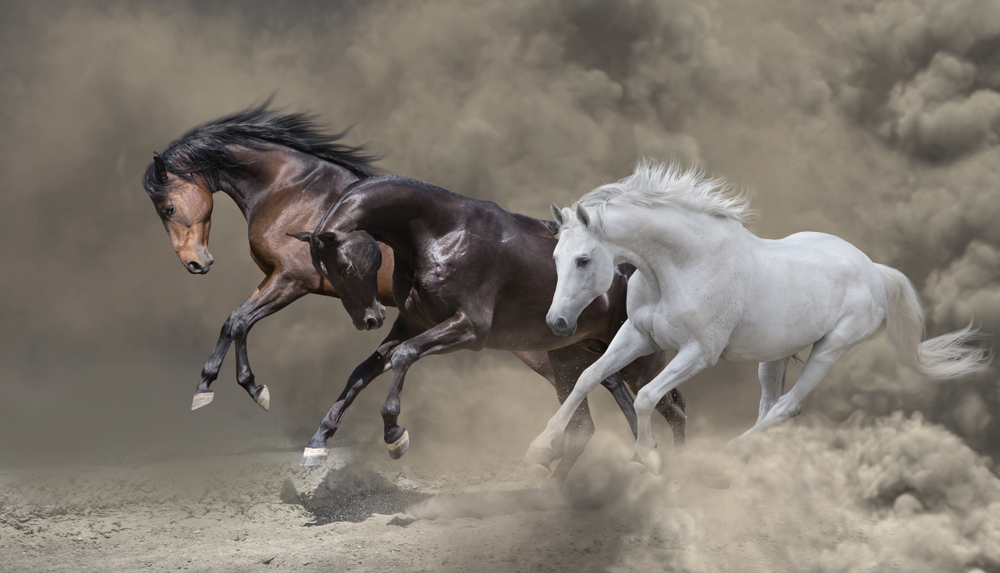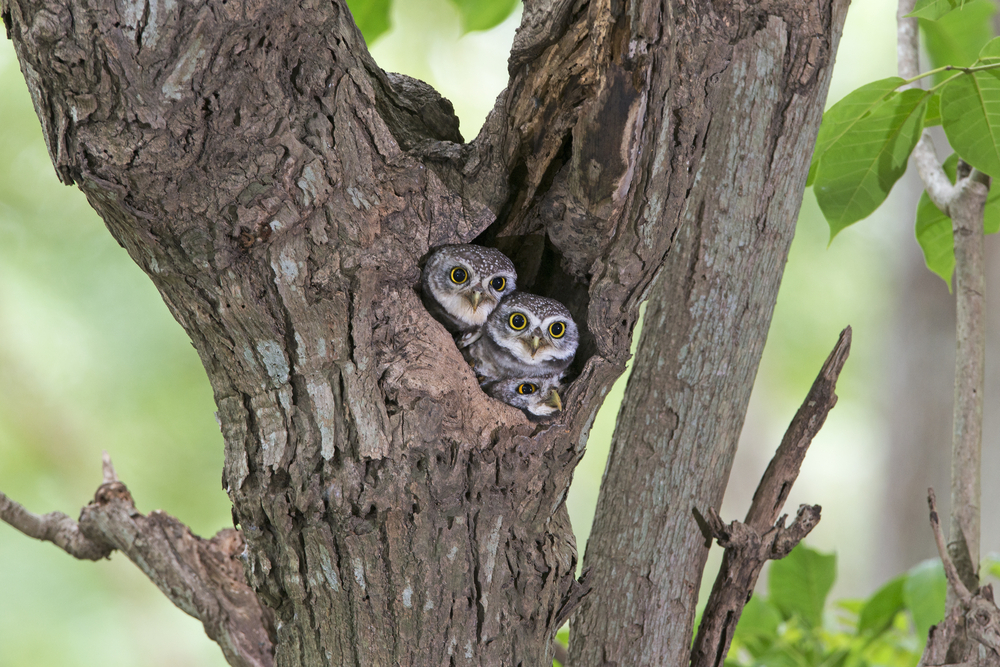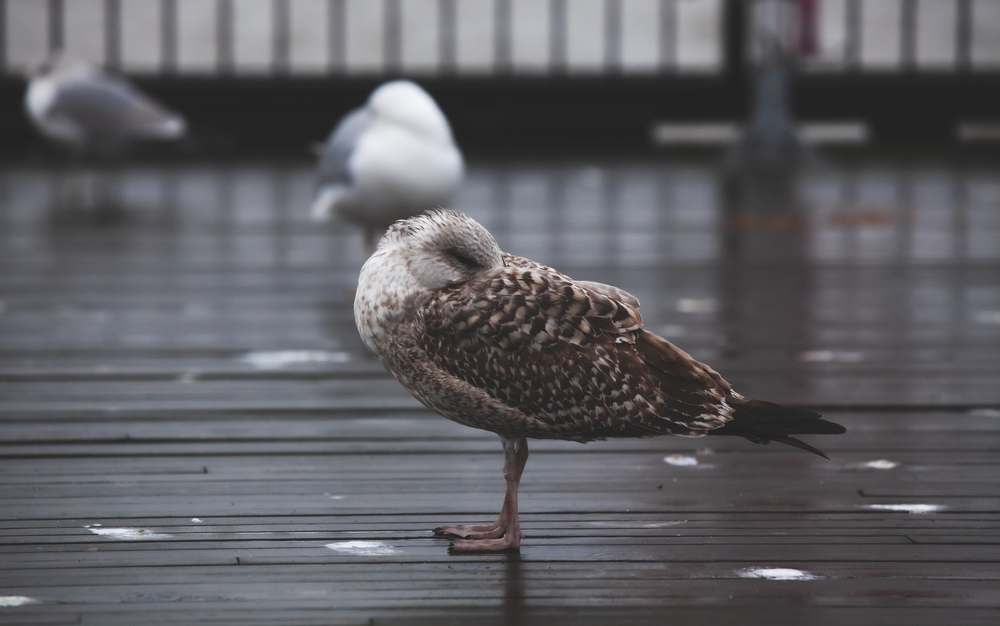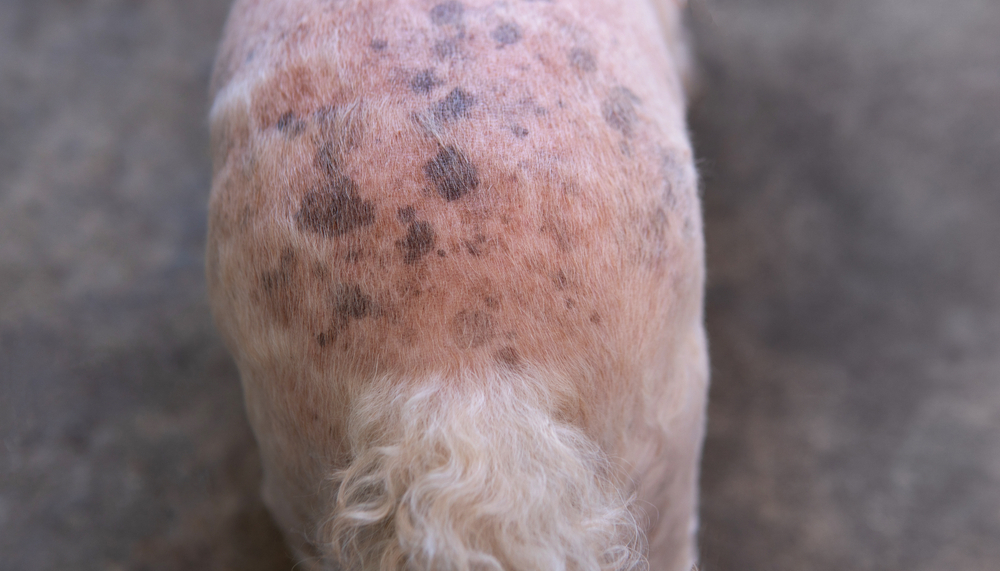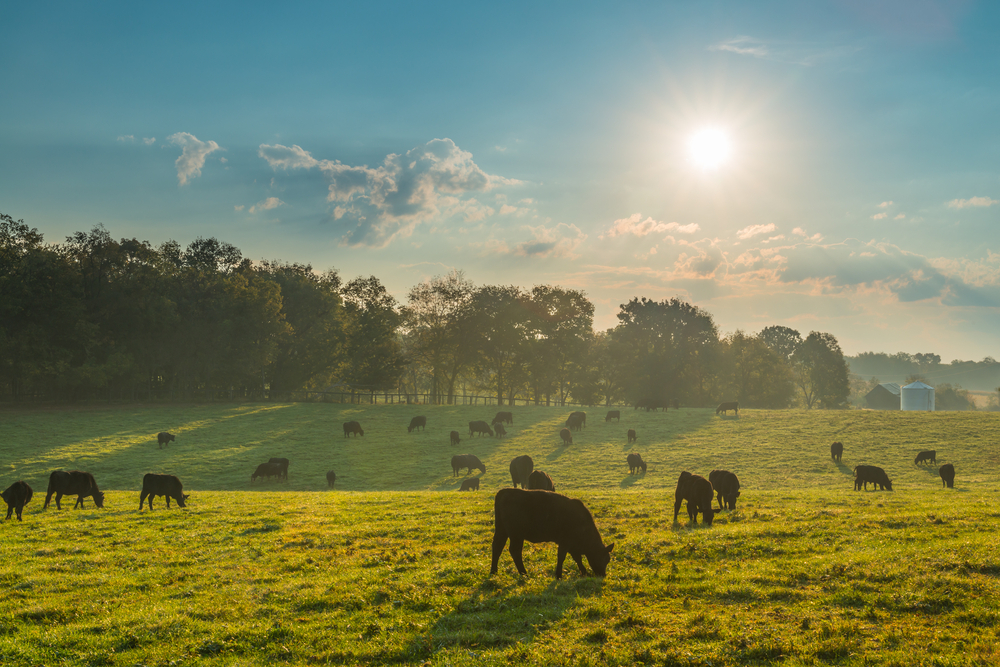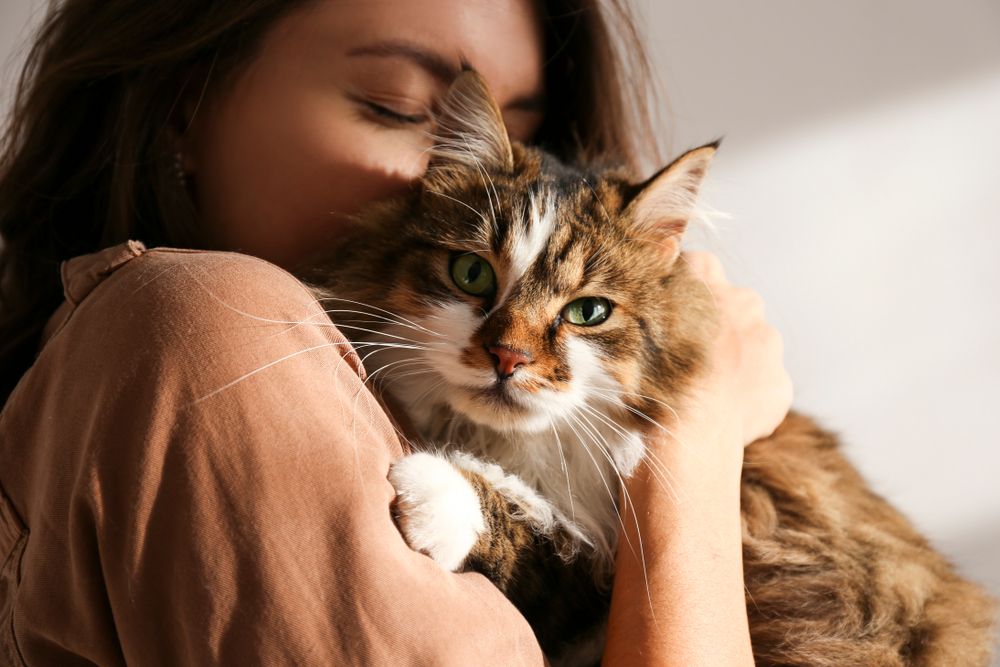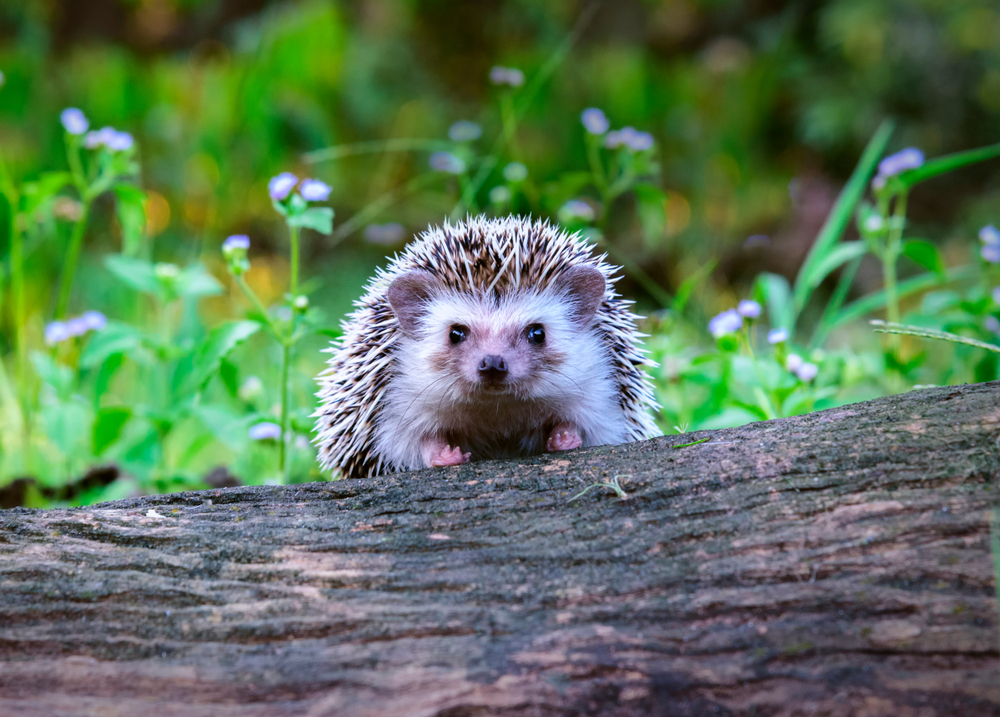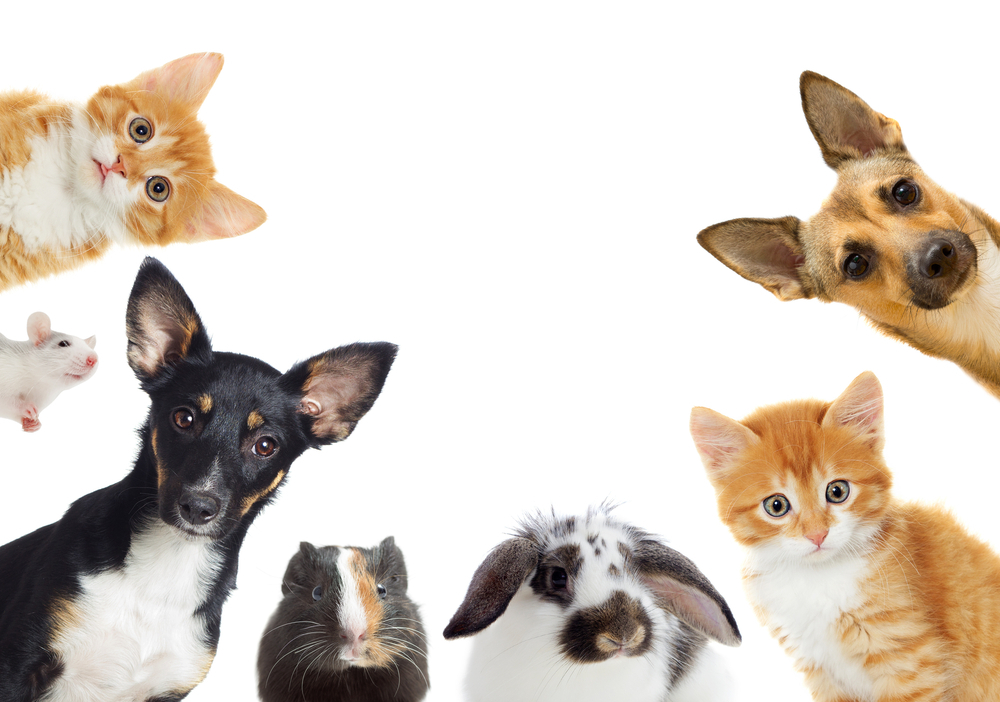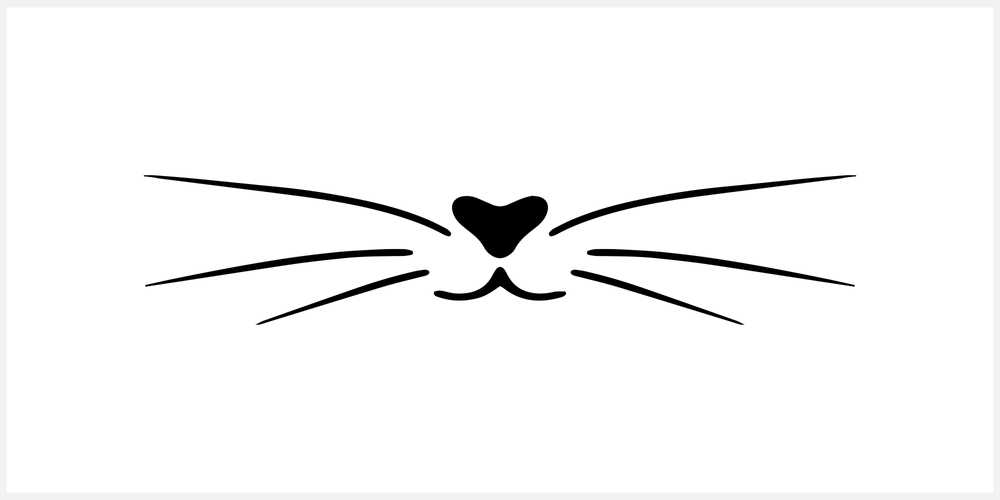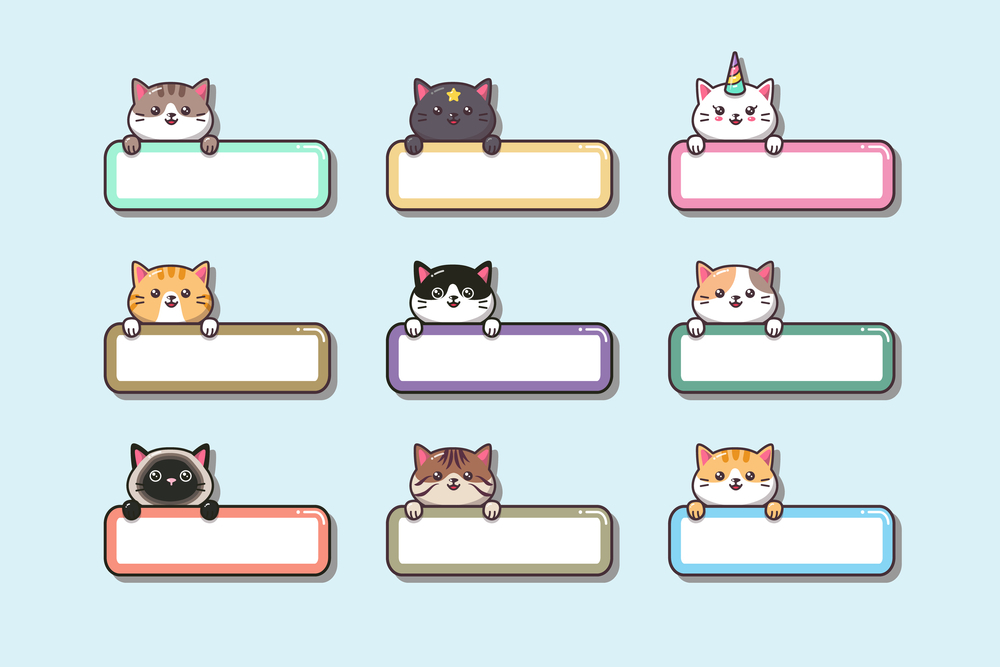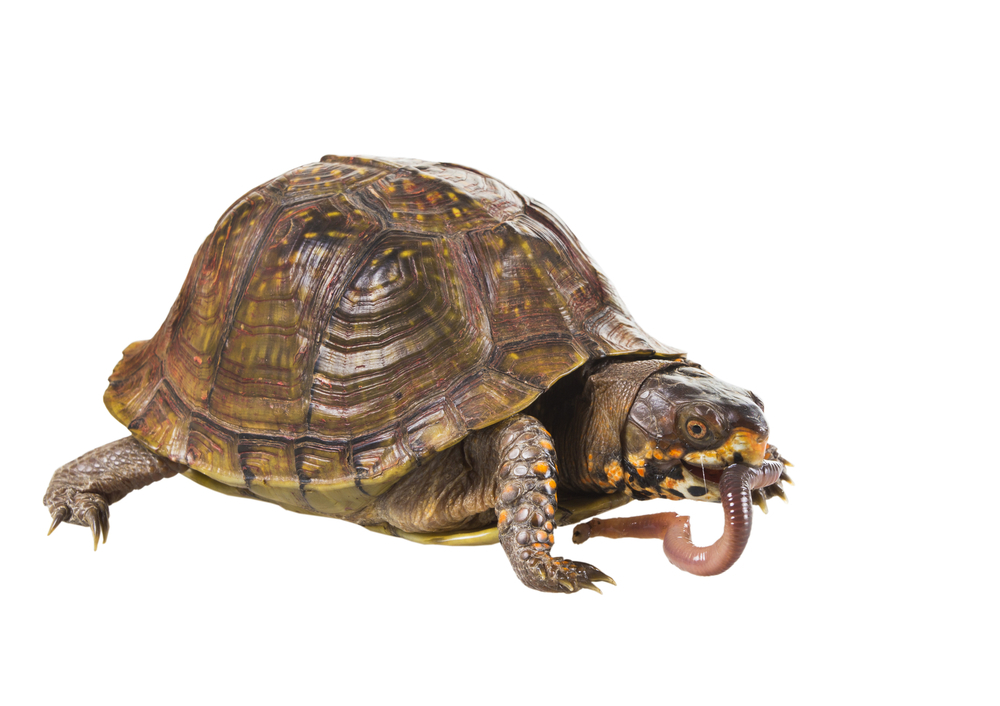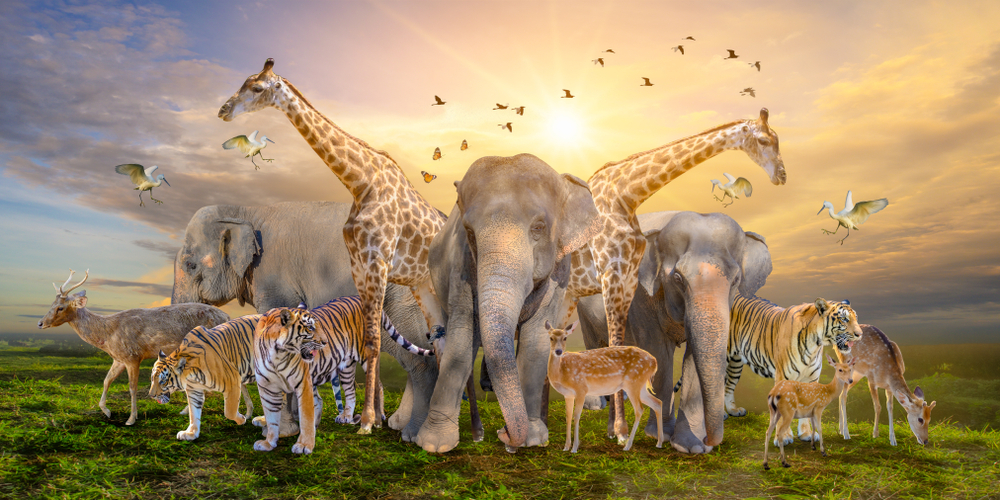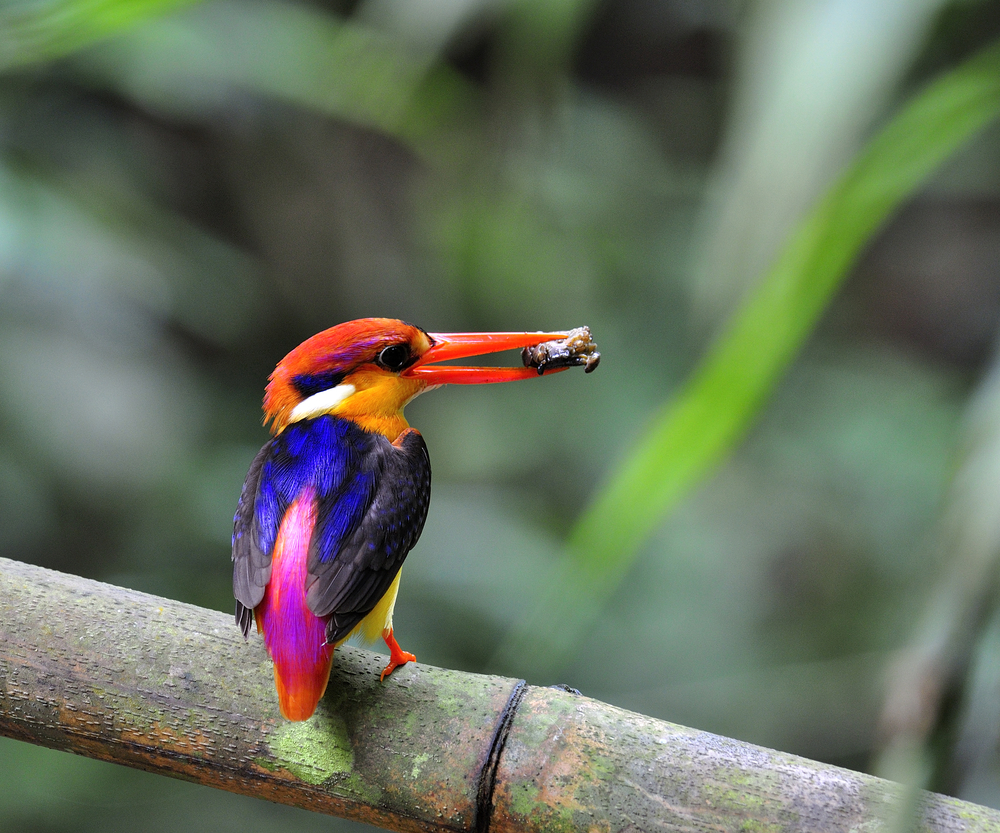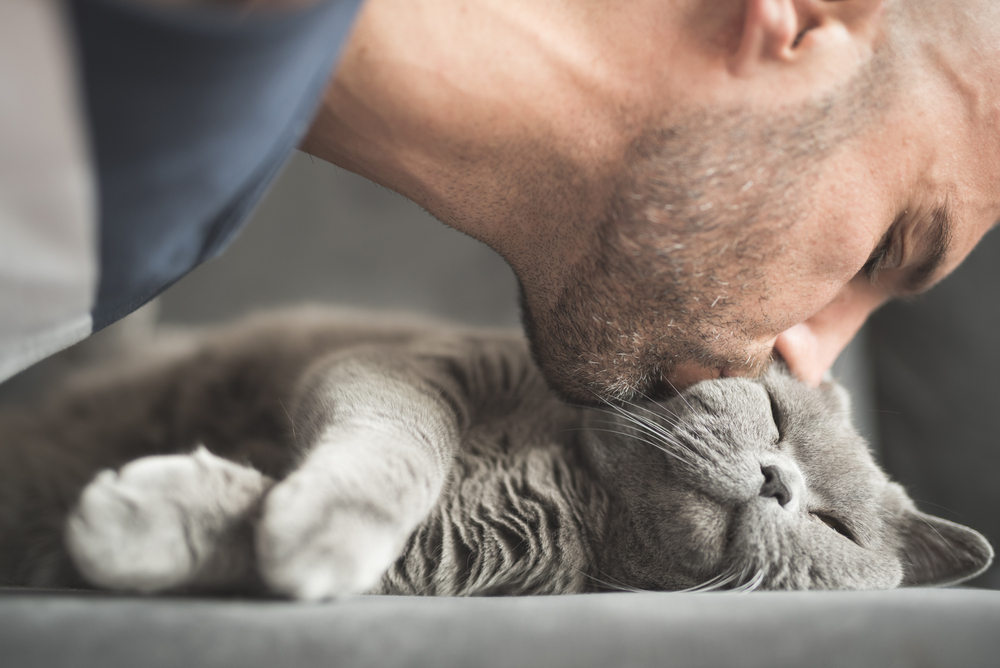Top 10 Animals That Slither (With Pictures)
By  Olivia Moore |
Last updated: Jun 27 2022
Olivia Moore |
Last updated: Jun 27 2022
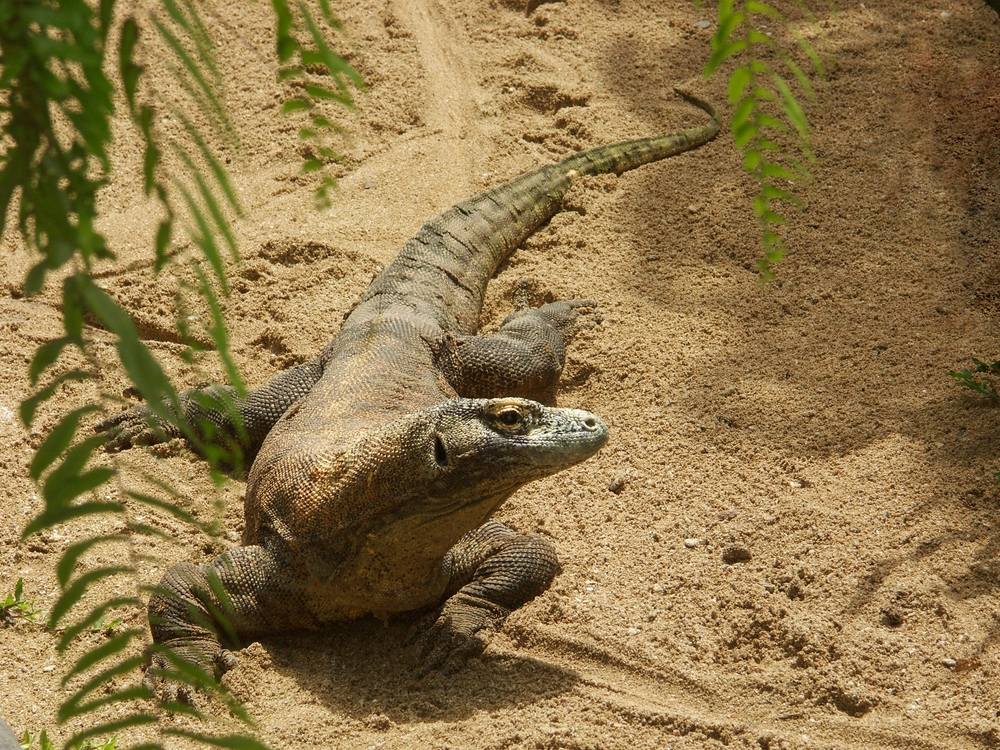
Slithering is a crawling motion along the belly that produces a forward movement. It is mostly associated with snakes. However, many legless creatures also move in this way to get around. Even animals that have small limbs can also slither.
It’s genuinely fascinating to watch these little creatures slithering.
Aside from the history and anatomy, there is much to enjoy about slithering animals.
Related Article: 10 Best Exotic Farm Animals List You Need to Know
Animals That Slither
There are a lot of animals that slither or are at least capable of slithering. List of animals that slither:
• Snakes
• Leeches
• Legless Lizards
• Salamanders
• Eels
• Crocodiles
• Hellbenders
• Caecilians
• Octopus
• Seals
Lets discuss in detail about "animals that slither".
![]()
1Snakes
The first animal from the animal kingdom that appears in the list of animals that slither is the snake. Snakes are also known as serpents. There are more than 3400 species of reptiles distinguished by their legless bodies and elongated body and tail.
The scales on the snake's belly are covered with a thin coat of fatty lubricant that makes them so good at slithering. This lubricant helps the snake to slip and slide over surfaces.
Snakes can swim, climb, glide, move and even fly due to their lubricated outmost scales. Yes, there are also some species of snakes in the forest of Indonesia that can fly.
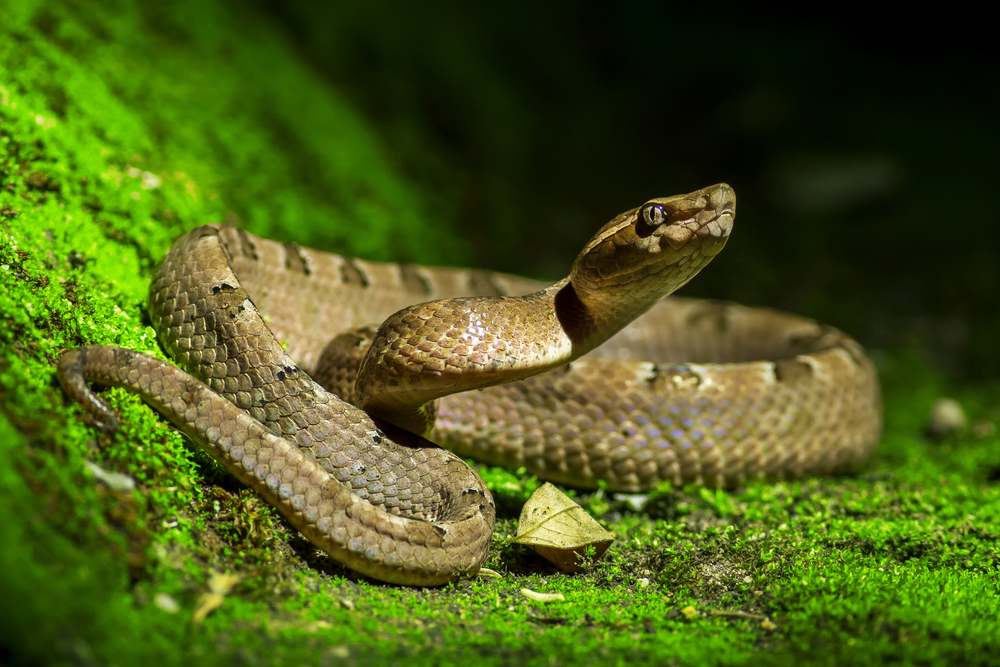
2Leeches
Leeches creep a lot of people. But let me tell you some other amazing facts about this slithering creature. One of the most critical uses of Leeches is in medieval medicine. It also seems that Leeches will be used in modern medicines too. Leeches have been approved by the FDA since 2004 and are also used by surgeons as a post-op therapy to prevent oxygen loss and stimulate blood flow.
The leach anatomy is incredibly impressive. Each leach has 32 brains, 10 eyes, 6 hearts, 200 enzymes, and 10 pouches for storing blood. Moreover, some sponges are interested in feeding on human blood but don't spend many days feeding on it. However, they'll do it whenever they are given the opportunity.
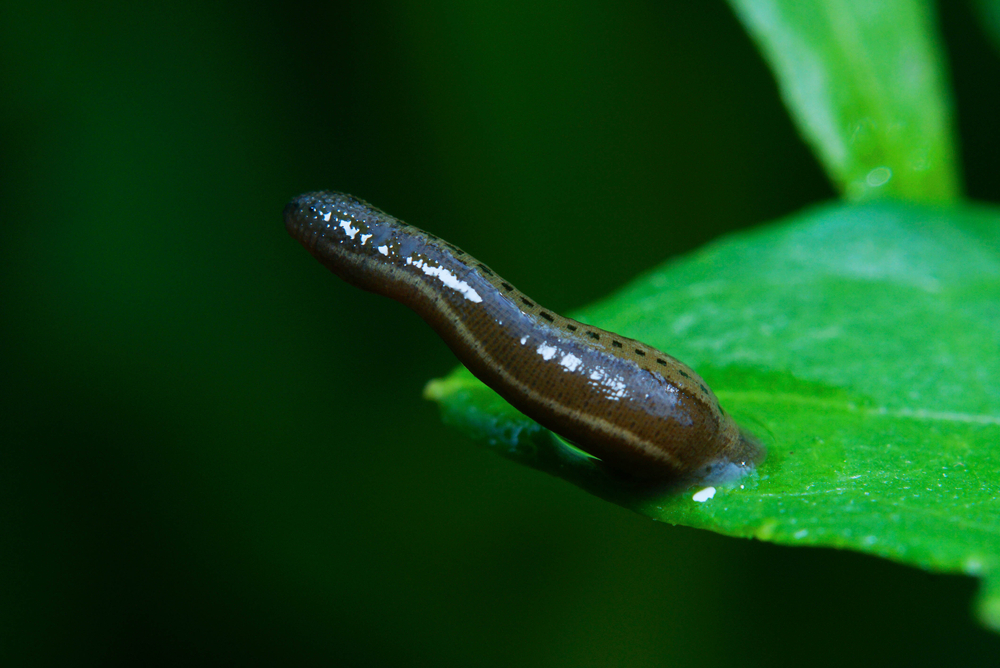
3Legless Lizards
Legless Lizards are often confused with snakes. Because legless lizards have the same physical characteristics as snakes, like their habitat, environment, and diet, but they differ from snakes due to various characteristics. Legless lizards have moveable eyelids, scales on the belly, and the capability to reject the tail in case of any danger.
Legless lizards live in dry habitats such as rocky areas, woodlands, and lowland grasslands. Legless Lizards can survive at various altitudes from sea level to over 5000ft. Furthermore, certain legless lizards give birth to the young instead of laying eggs.
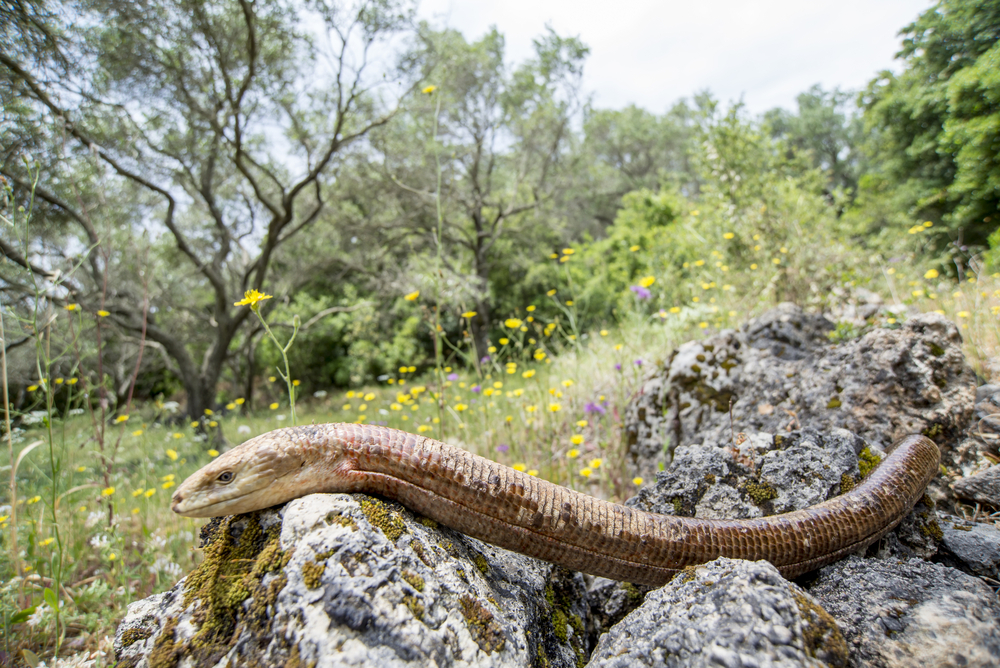
4Salamanders
Salamanders are a group of amphibians that typically have a lizard-like appearance. Salamanders look like something between a frog and a lizard. Salamanders are moist-skinned, short-bodied, four-legged animals 4 – 6 inches long. Salamanders are carnivores and prefer to eat snails, worms, and slugs. Some more significant types of salamanders eat small crustaceans and insects. Some salamanders even eat mice, frogs, and other salamanders.
Salamanders have long slender bodies with super moist skin that helps them slither. Salamanders also produce mucus that coats their skin and helps them move around smoothly and continuously. Some species can have a unique immune system to regenerate their damaged organs.
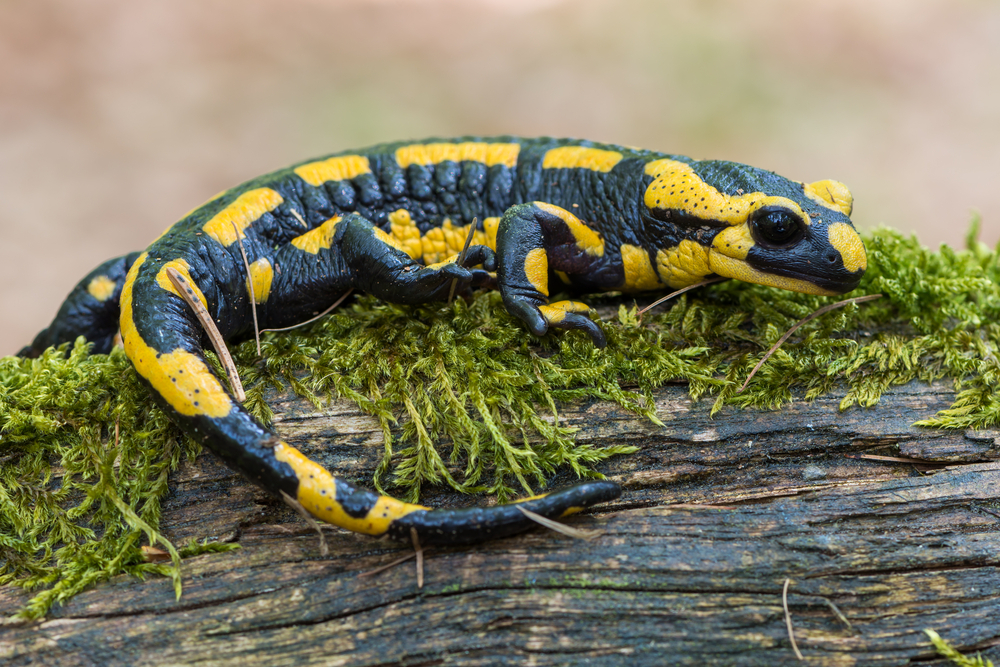
5Eels
Eels are ray-finned fishes that are typically longer and flatter than snakes. Most eels live in the ocean and burrow in mud, rocks, and sand. Freshwater Eels breathe under the water with the help of their fins and gills and cannot survive outside of water. But for short distances, eels can travel on land because of their mucus-covered bodies.
Eel's diet consists of insects, worms, frogs, other fishes, and crabs. However, eel is poisonous, as they have toxic proteins in their blood.
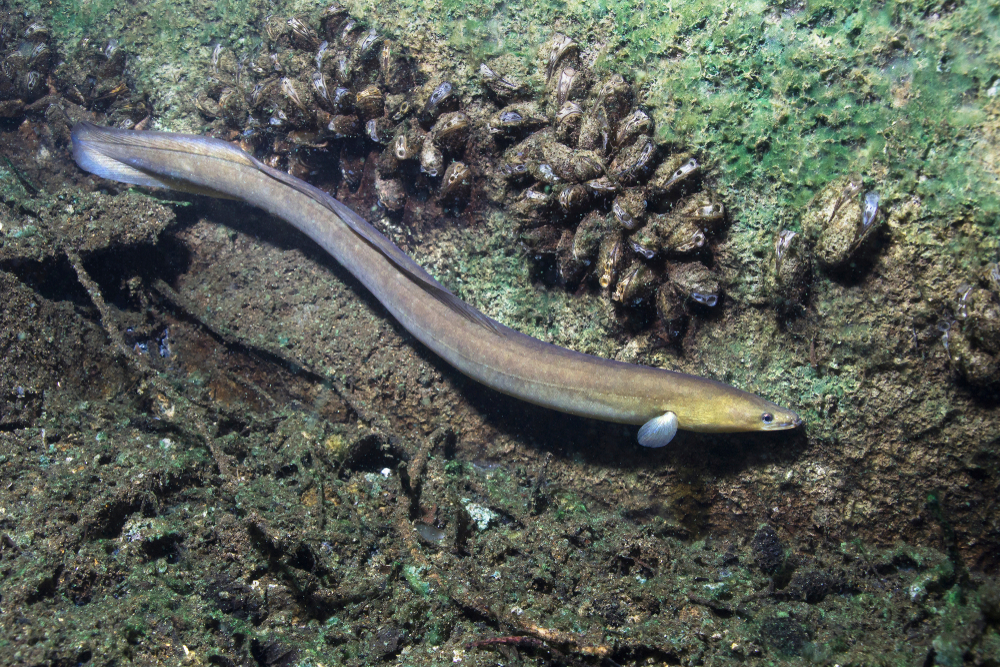
6Crocodiles
Crocodiles are the last animal in this category; they walk, crawl and slither. Crocodiles, an enormous reptile on earth, have short legs, clawed wed-toes, huge tails, and powerhouse jaws. Crocodiles have a unique body that enables nostrils, eyes, and ears to stay above while the other part of the body is in water.
Crocodiles' average lifespan is at least 30 years; however, some species can live up to 70 years.
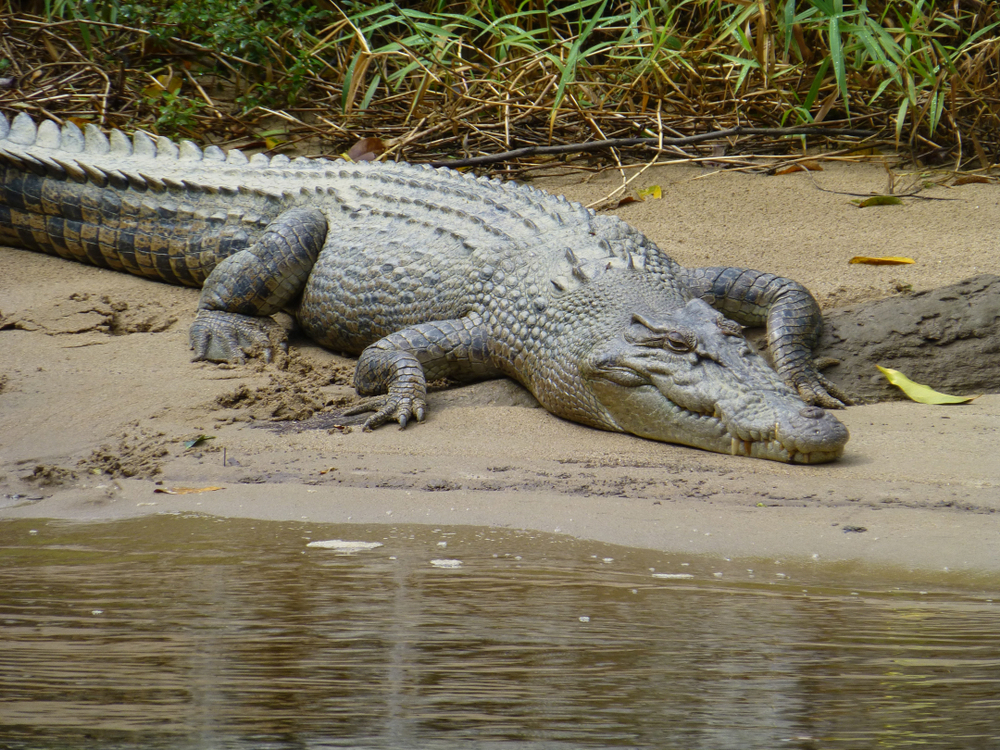
7Hellbenders
Hellbenders are sometimes called “snot otters”. Hellbenders are aquatic amphibians with wrinkled bodies, flat heads, tiny eyes, and paddle-shaped tails with four stumpy legs. Their body is usually brown or dark gray with irregular dark spots along the back.
Hellbenders have lungs, but they are used for buoyancy instead of breathing. Yet they can absorb 95% of oxygen through their skin. Hellbenders live at an average age of 30 years.
Ozark hellbender and eastern hellbender are two subspecies of Hellbenders that exist in the U.S. Hellbenders live under rocks partially buried in the cold, fast-flowing streams to save themselves from predators.
Hellbenders can be found on land immediately next to rivers and streams. Hellbenders can swim, walk and slither. What talented creatures they are.
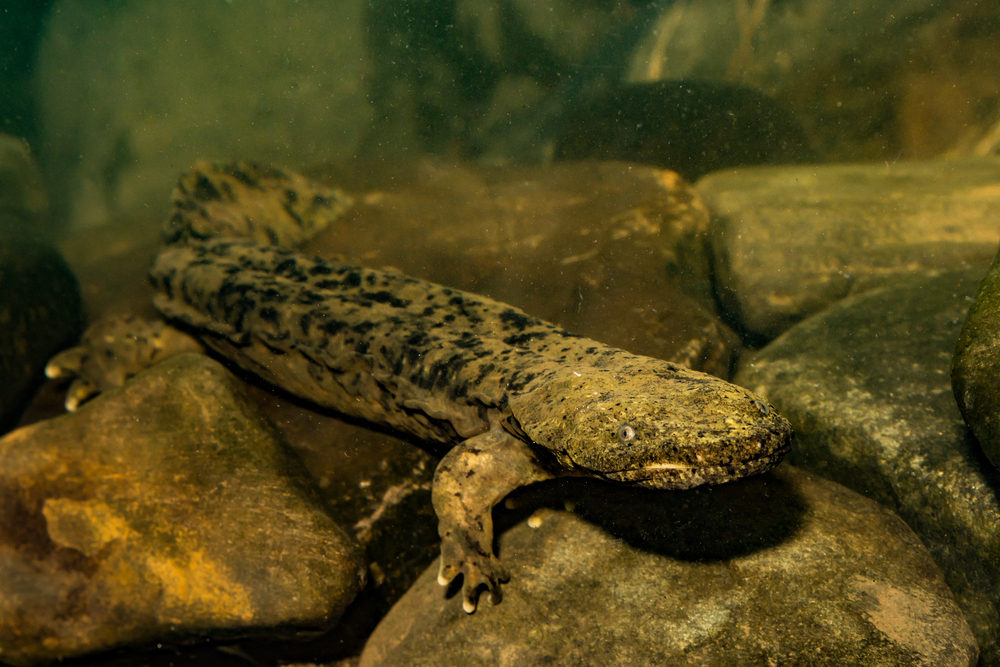
8Caecilians
Caecilians are tropical amphibians with no legs or arms, making them look like snakes or worms. It is also hard to tell which end of Caecilians is their head and which is their tail. Caecilians can grow from 3.5 inches to 5 feet long.
Caecilians can be found in tropical and neotropical areas worldwide, from Central and South America to Central Africa and Southeast Asia.
Caecilians spend a major part of their lives underground and in shallow streams.
Caecilians move by hydrostatic locomotion, with their skeleton and deep muscles acting like pistons inside the skin and outer muscles. With their rear ends anchored, they use forceful muscular compression to drive their heads forward like a hydraulic ram.
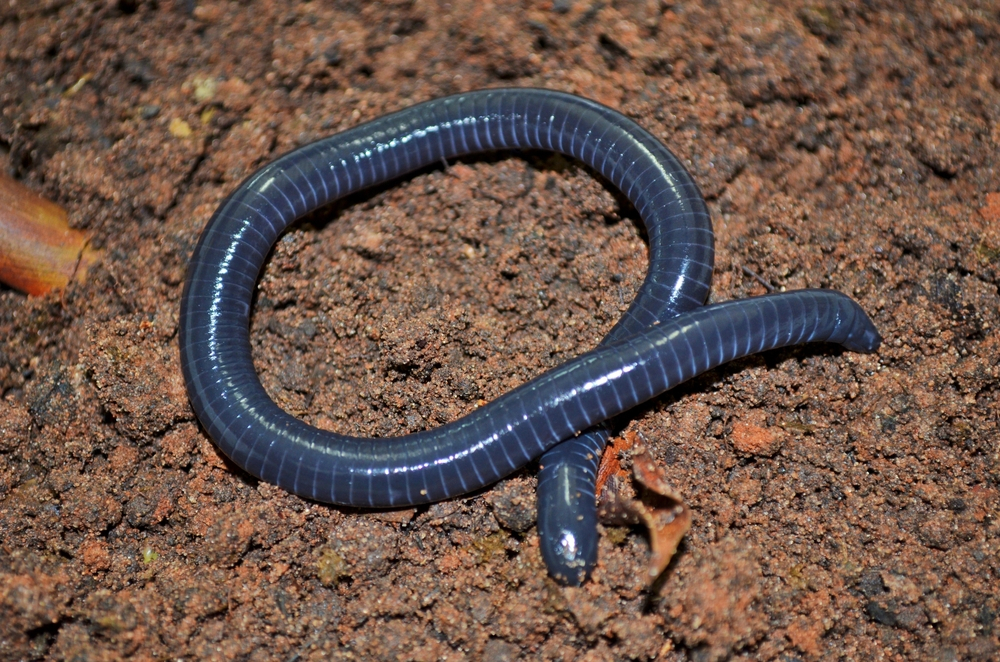
9Octopus
Octopus can move in 2 different ways slithering and jet propulsion.
When an Octopus searches for food, it uses its arm to slither over the seabed. The suckers on the Octopus arm give it a powerful grip.
On the other hand, if the octopus is frightened, it swims away at high speed. It starts squirting jets of water from its bag-like body. The force of water squirting out pushes the octopus along, allowing it to swim backward through the ocean, called jet propulsion.
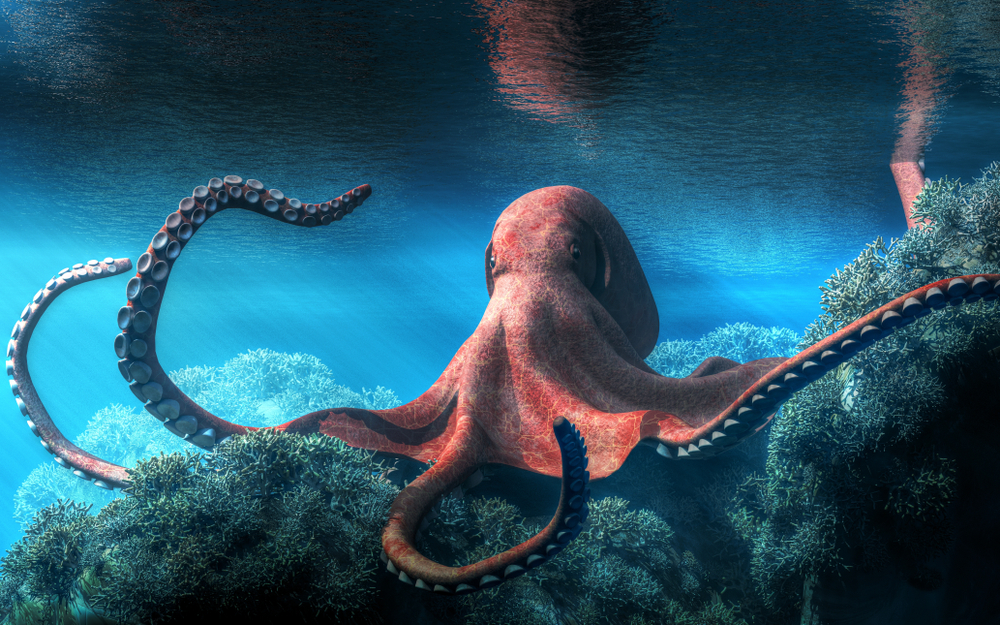
10Seals
Shocked to see seals in the list of animals that slither? But the truth is that Seals slither like a snake on the land.
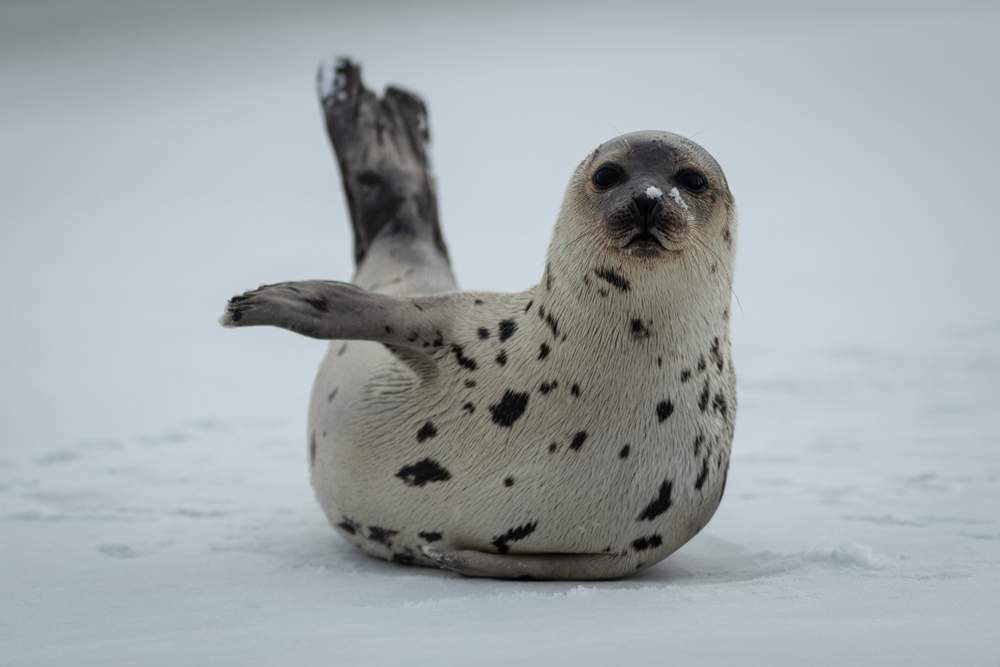
FAQs
Do worms slither?
Worms are animals with soft elongated bodies. Worms don't slither; they wriggle. A worm's longitudinal and circular muscles work together to move from one place to another. Worms first contract the circular muscles of the body wall. Contraction of the circular muscles of worms puts pressure on the body fluid, which lengthens the body more than before. The worms have bristles on the underside that bite into the soil and prevent them from sliding backward. Then they squeeze their longitudinal muscles to pull up the rear of the body and shorten it.
![]()
Do snails slither?
No, snails don't slither technically; they do crawl. Crawling is moving gradually in a prone position without the use of limbs.
Snails have a highly muscular foot lubricated with mucus and adopted for traveling over hard surfaces. Snails move by gliding along their muscular foot through succeeding waves of muscular contraction that move up and down the foot from their tail to their head.
Snails secrete mucus to prevent their soft bodies from drying out. This mucus also reduces the friction between the snail's foot and the ground. Mucus makes the ground slippery, so the snail can easily crawl on a smoother surface. That shows snails can also move over sharp surfaces without getting injured.
![]()
Written by
Olivia Moore
Olivia is a freelance writer and pet enthusiast who writes articles on animals to help owners and their pets live their life in the best way. She resides in Australia and is currently doing her master’s degree in wildlife biology. Besides her studies, she has found a new love for working online and writing about animals. She is passionate about creating awareness about pets. Her mission is to write content on their health issues and the best ways to make their pets content. She loves to write about animals of all types but her specialties are dogs, cats, and birds.











